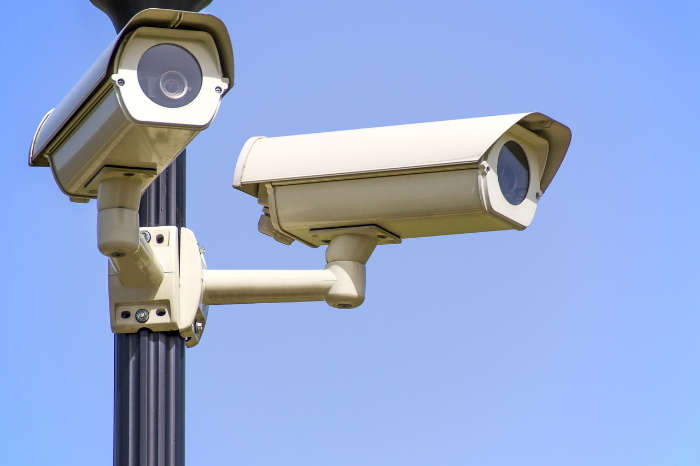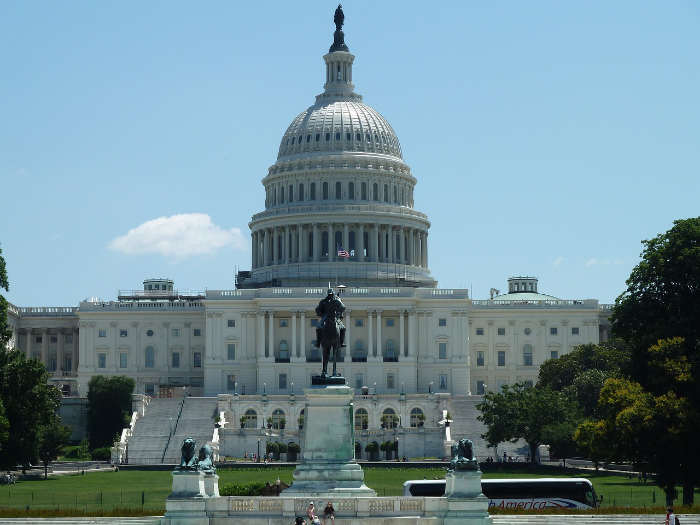Delegate Count by State 2025
Total Delegate Count
State | Total Delegate Count 2024↓ | |
|---|---|---|
| California | 664 | |
| Texas | 433 | |
| New York | 398 | |
| Florida | 379 | |
| Pennsylvania | 254 | |
| Illinois | 241 | |
| Ohio | 223 | |
| North Carolina | 208 | |
| Michigan | 193 | |
| Georgia | 182 | |
| Virginia | 167 | |
| New Jersey | 157 | |
| Massachusetts | 156 | |
| Maryland | 155 | |
| Washington | 154 | |
| Indiana | 146 | |
| Wisconsin | 136 | |
| Minnesota | 132 | |
| Tennessee | 130 | |
| Arizona | 128 | |
| Colorado | 124 | |
| Missouri | 124 | |
| South Carolina | 115 | |
| Alabama | 109 | |
| Oregon | 109 | |
| Kentucky | 105 | |
| Connecticut | 102 | |
| Louisiana | 100 | |
| Iowa | 86 | |
| Oklahoma | 84 | |
| Mississippi | 80 | |
| Kansas | 78 | |
| Arkansas | 76 | |
| Nevada | 75 | |
| Utah | 74 | |
| Nebraska | 70 | |
| District of Columbia | 68 | |
| New Mexico | 67 | |
| Idaho | 59 | |
| West Virginia | 57 | |
| Montana | 56 | |
| New Hampshire | 56 | |
| Rhode Island | 54 | |
| Maine | 52 | |
| Delaware | 50 | |
| Hawaii | 50 | |
| Alaska | 49 | |
| South Dakota | 49 | |
| North Dakota | 46 | |
| Wyoming | 46 | |
| Vermont | 41 | |
| United States | 6,947 |
- The Democratic and Republican parties each have two types of delegate:
- Democratic delegates are either pledged delegates, who are required to pledge their support to a specific presidential candidate (typically the one with the strongest popular support); or unpledged delegates, also called superdelegates, who are not required to pledge their support to a candidate (but often do).
- Republican delegates are either bound delegates, who are obligated to support the candidate chosen in their state primaries or caucuses; and unbound delegates (again also called superdelegates), who are free to support any candidate they choose.
- The number of voting representatives in the House is fixed by law at no more than 435, proportionally representing the population of the 50 states. Currently, there are five delegates representing the District of Columbia, the Virgin Islands, Guam, American Samoa, and the Commonwealth of the Northern Mariana Islands.
Delegates are essential during political primaries. The political primaries’ goal is to choose the party’s candidate for president, who must win delegates to receive the nomination.
Delegates are either won by proportion, where the candidate receives a proportionate number of delegates to the number of votes in the state’s primary, or by a winner-takes-all method, where the candidate with the majority of votes in a state wins all of that state’s delegates. Some states are hybrids, and some are proportional with a trigger, where the state will follow the proportional rules but allows for a winner-take-all allocation should a candidate reach a certain majority threshold.
The Democratic Party
The Democratic Party uses pledged delegate and superdelegates. There are a total of 4,750 Democratic delegates for 2020.
Pledged delegates are elected or chosen at the state level with the understanding that they will support a particular candidate, although their support is not binding. There are 3,979 current pledged delegates for 2020.
Superdelegates, also known as automatic delegates, are typically members of Congress, Governors, former Presidents, and other party leaders and elected officials. Unlike pledged delegates, superdelegates are not elected to this position and are not required to pledge their support to a specific presidential candidate, nor are they bound by the results of their state’s presidential caucus or primary. There are 771 Democratic superdelegates for 2020.
Delegates will select the 2020 Democratic presidential nominee to the Democratic National Convention. To win the Democratic nomination, a presidential candidate must earn support from a majority of pledged delegates – a minimum of 1,991. President Joe Biden received 2,671 delegates in 2020 to secure his nomination for the presidential election.
The Republican Party
The Republican Party uses pledged and unpledged delegates. There are a total of 2,551 Republican delegates for 2020.
Like the Democratic Party, the Republican Party has pledged delegates that are elected or chosen at the state level with the understanding that they will support a particular candidate. There are 2,441 pledged Republican delegates.
The Republican Party also has unpledged delegates, who are each state’s Republican National Committee members. Unpledged delegates must vote for the candidates that their state votes for. There are 110 unpledged Republican delegates.
Delegates will select the 2020 Republican presidential nominee to the Republican National Convention. To win the Republican nomination, a presidential candidate must earn support from a majority of delegates – a minimum of 1,276 delegates.
How Many Delegates Does Each State Have?
The number of delegates in each state depends on that state’s population, similar to how the number of electoral votes depends on that state’s population.
Given this, California has the highest number of delegates, with 494 for the Democratic convention and 172 for the Republican convention. California is a key state for candidates because it is the most delegate-rich state in the U.S, followed by New York, with 320 Democratic and 94 Republican, and Texas, with 228 and 155 Republican.
Wyoming and North Dakota have the fewest number of delegates, with 18 Democratic and 29 Republican each. Alaska has the next fewest delegates with 19 Democratic and 28 Republican.
U.S. territories, such as American Samoa and Guam, have the least number of delegates, anywhere from 11 to 13 delegates each for the primary, despite not voting in the general election.
Sources
- Electoral College Certificates and Votes by State - National Archives
- Primaries & Caucuses - CNN
- 2020 Census Apportionment Results - US Census
- Number of Delegates to the National Convention - Electoral Vote
- Distribution of Electoral Votes - National Archives
- Directory of Representatives - U.S. House of Representatives
- Types of Delegates - Ballotpedia
- What is a delegate? - MasterClass
- Republican Delegate Allocation - The Green Papers
- Democratic Delegate Vote Allocation - The Green Papers



















